Thai thin soy sauce is, in my humble opinion, the BEST soy sauce out there. It's salty and umami-rich without being too intense. Read on to learn all about thin soy sauce and how it's used in Thai cooking.

When I first started cooking Thai food, I have to admit that I was a little overwhelmed by all of the various sauces and pastes. There seemed to be a different sauce for every different dish I made... However, now that I've been immersed in the Thai kitchen for a while, I can tell you that it's actually not that overwhelming.
There are several staple sauces in Thai cuisine that are used to season a majority of dishes. Thin soy sauce is one of them. Although other types of soy sauces are also used, thin soy sauce is the predominant soy sauce used in Thai cooking.
Jump to:
What is Thin Soy Sauce?
Thin soy sauce is a multi-purpose soy sauce that's used widely in Thai cooking. It adds a salty, umami-rich flavor to many Thai dishes. Compared to Japanese and Chinese soy sauces, Thai thin soy sauce is somewhat mild, and to me, more pleasing to the palate. It has a more balanced flavor, with notes of sweetness that help to round out the salty umami.
In Thai, thin soy sauce is known as See Ew Cow. See Ew is the Thai phrase for soy sauce, and Cow is the Thai word for white. Therefore, this soy sauce is literally translated as "White Soy Sauce". This name helps to distinguish it from See Ew Dam, or "Black Soy Sauce", which refers to the Thai dark soy sauces which are darker, thicker, and sweeter.
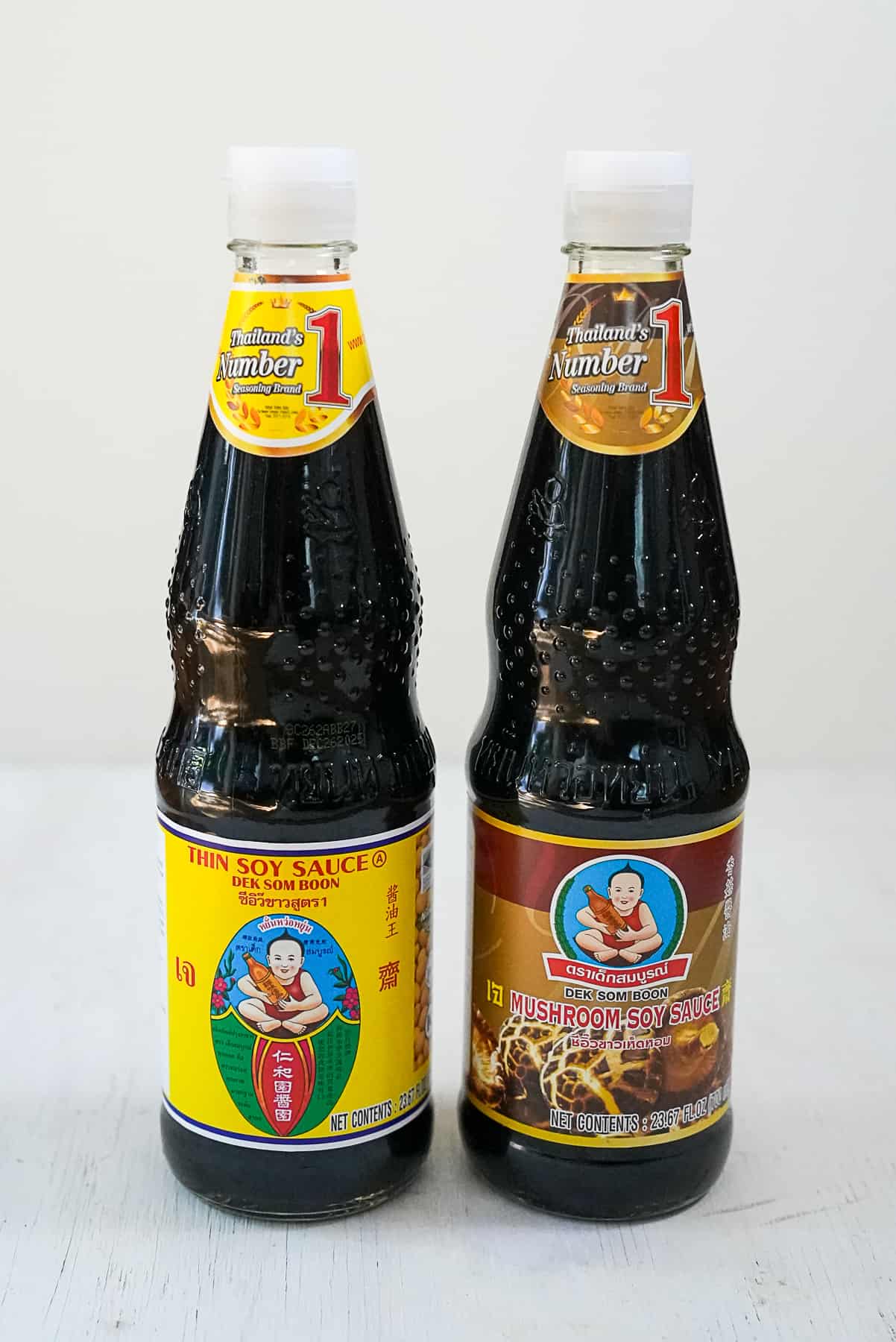
There are actually two different types of thin soy sauce, the Regular version and the Mushroom version. Mushroom soy sauce is very much like original, but mushrooms are included along with soy beans in the brewing process. I honestly can't tell that much of a difference between the two versions, and I use them interchangeably in my Thai cooking.
How is Thin Soy Sauce Made?
Thai thin soy sauce is made by fermenting soybeans and wheat. The process starts by combining steamed soybeans with roasted crushed wheat. Yeast or koji, salt, and water are added and the mixture is left to ferment for several months. The resulting liquid is then pressed out of the mixture and pasteurized. Sugar, MSG, and other flavor enhancers and preservatives may also be added, depending on the manufacturer.
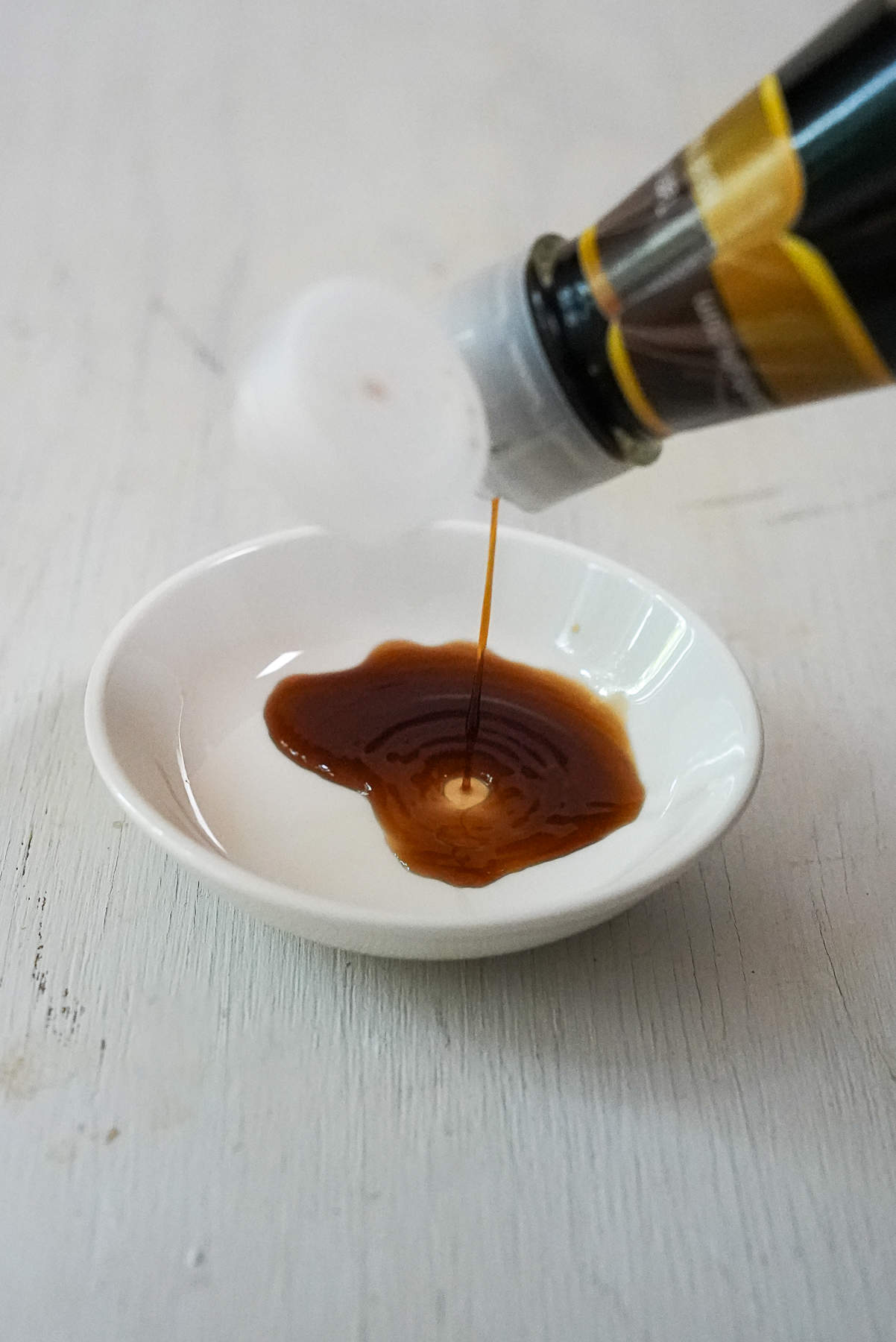
Sodium Content
One tablespoon of thin soy sauce contains roughly 1400 mg of sodium. This is approximately 65% of the daily recommended allowance of sodium per day. Fish sauce contains roughly the same amount of sodium per tablespoon. In comparison, however, one tablespoon of table salt contains about 7000 mg of sodium.
Thai Dishes that use Thin Soy Sauce
Thin soy sauce is one of the most heavily used seasoning sauces in Thai cuisine. I would rate it as the second most frequently used, losing only to the ubiquitously-used fish sauce. Whereas fish sauce is used like salt to season everything, thin soy sauce is particularly important in seasoning stir fries, rice dishes, and noodle dishes.
Where to Buy
The most commonly available brand of thin soy sauce outside of Thailand is the Healthy Boy brand. Fortunately, it's a good one. The Regular and Mushroom versions of this sauce can be found at groceries that cater to the Southeast Asian population. They can also be found online. I have not had good luck finding it consistently at pan Asian markets such as Ranch 99.
Alternatives
If you don't have a Thai brand of Thin Soy Sauce in your kitchen, you can use a Chinese or Japanese soy sauce in a pinch. Just be sure to taste and adjust as you're cooking, though, as the saltiness and overall flavors are somewhat different.
If you are allergic to soy, you could use fish sauce in its place. Although fish sauce is more pungent with a pronounced fishy smell, once it is incorporated into dishes, its distinct aroma melds nicely into the dish and you're left with mostly just salty umami.
If you are allergic to wheat or your dietary preferences don't allow gluten, some alternative options include gluten-free soy sauce, table salt, fish sauce, liquid or coconut aminos, vegetable broth, or kombu dashi. As with soy sauces from different cuisines, you will need to taste and adjust as you are cooking, as all of these options have different flavors and salt content than Thai thin soy sauce.
Storage
The package instructions of Thin Soy Sauce indicate that the bottle should be refrigerated after opening. They also indicate that heat and light should be avoided. However, the high salt content of soy sauce is enough that it likely won't go bad if stored in your kitchen cabinets. This is what we do, and we haven't run into any issues.
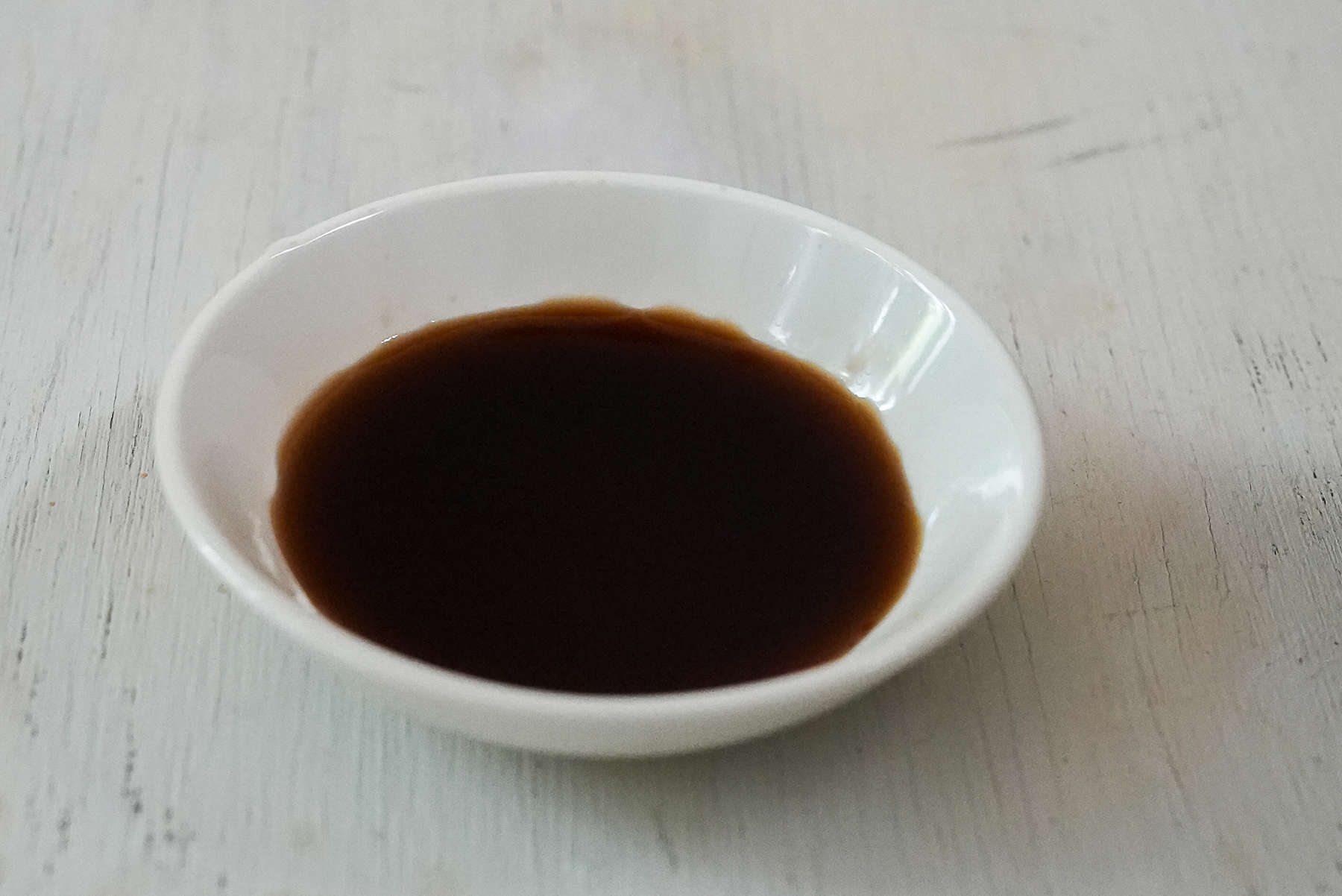
If you're planning on cooking Thai food at home, keeping a bottle of thin soy sauce in your pantry is a must. With a bottle of fish sauce next to it, you'll be well set up to cook a variety of yummy Thai dishes!


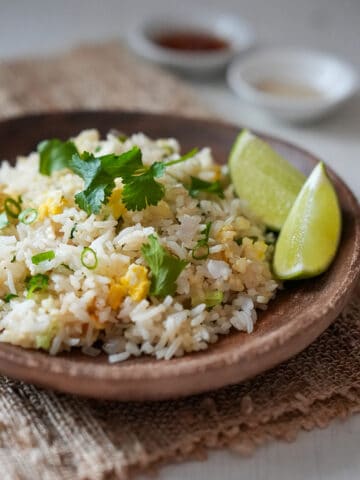
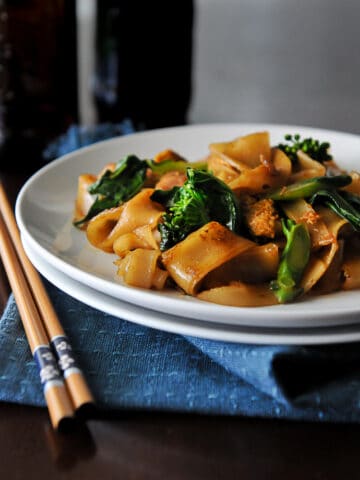
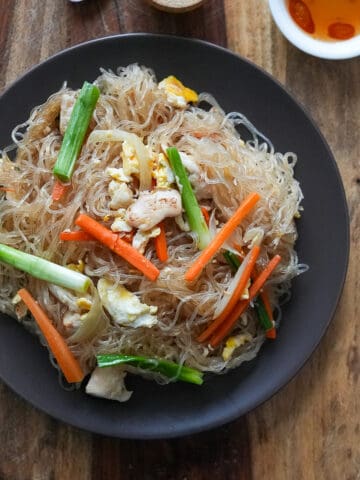
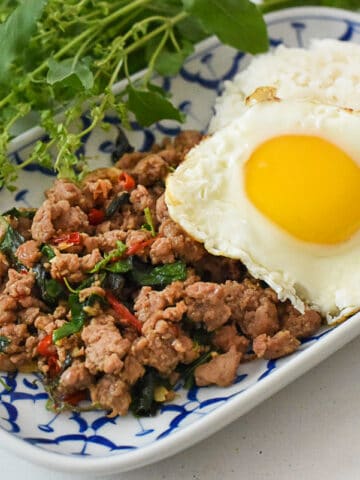
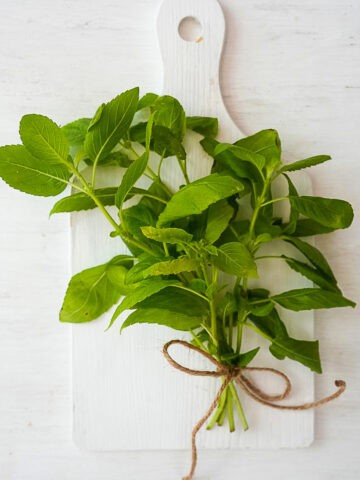
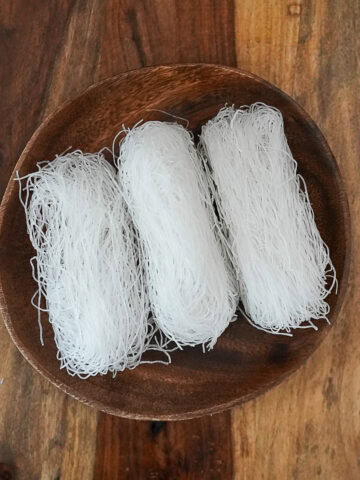
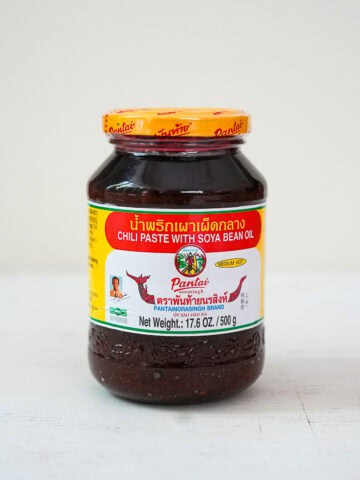
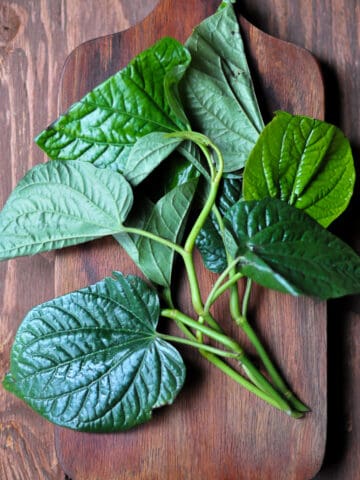
Leave a Reply